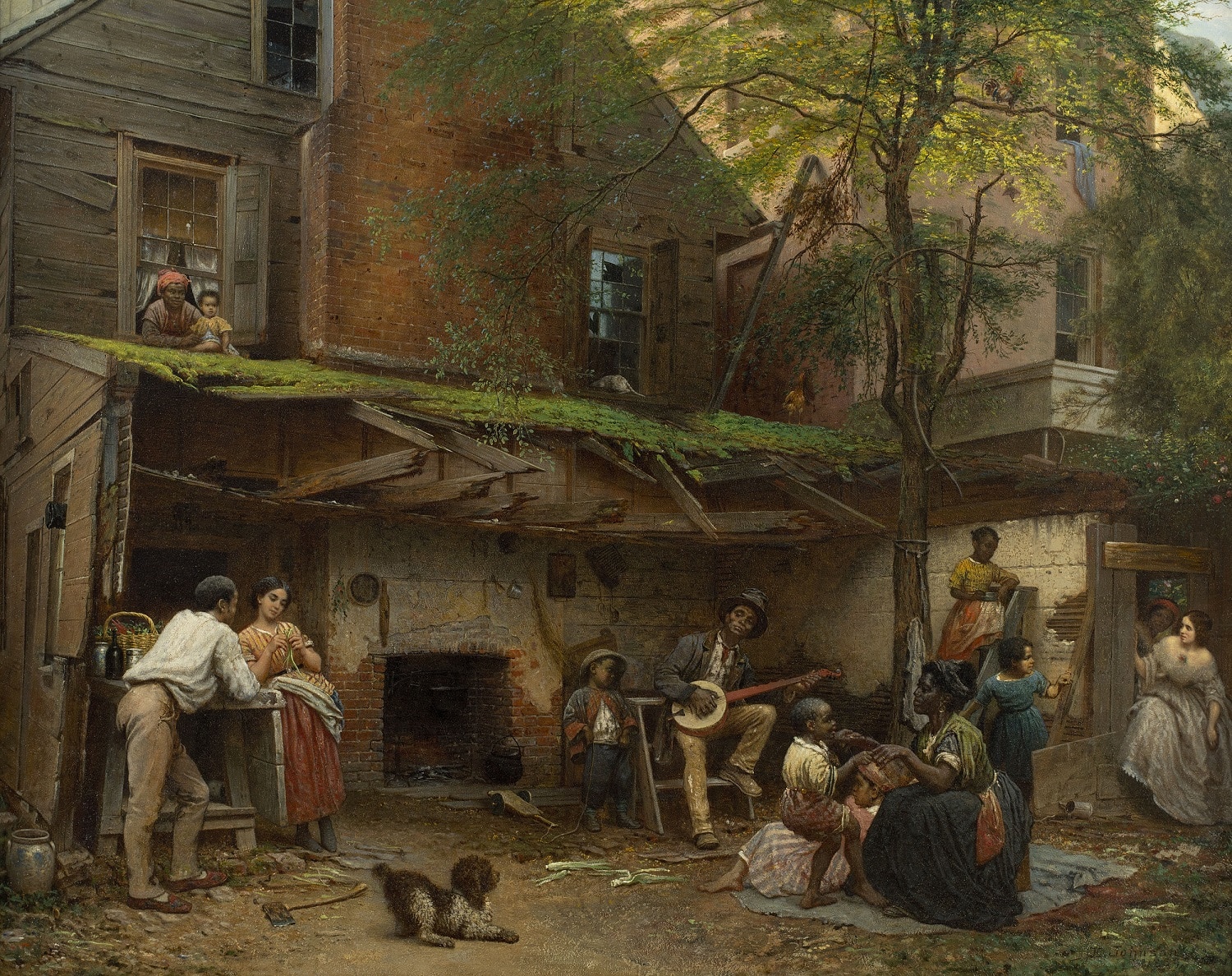Background
Plantation slavery is often the first thing that comes to mind when people think about slavery in the antebellum period. However, slavery was practiced in all parts of slave-holding states, including big cities. The lives of enslaved people in cities were very different from those who were enslaved on plantations. For one thing, enslaved people in cities lived in very close proximity to their enslavers, often in the same house. Enslaved people in cities did not do the agricultural labor that was typical on plantations. Most of the enslaved women in cities worked as servants, taking care of their enslavers’ home and family. Enslaved men were often employed as dockworkers or construction workers. Some were taught trades so they could assist in their enslavers’ daily work. Due to the tight quarters in most urban centers, it was easier for people enslaved by different households to meet up and communicate frequently. But this closeness also meant that enslaved people in cities lived under the constant surveillance of the white community, and they were frequently victims of white violence and race riots.
About the Image
This painting by Eastman Johnson captures the living conditions and daily life of enslaved people in Washington, D.C. It was painted just two years before the outbreak of the American Civil War. The scene is set in Johnson’s father’s backyard, and the white woman entering on the far right has been identified as his sister.
Abolitionists praised this painting because it showed the terrible living conditions endured by enslaved people. Pro-slavery advocates believed that the joyous mood of the painting showed that slavery was good for enslaved people. Johnson wanted to sell his painting for a profit, so he was careful never to reveal the political motivations behind the piece.
The varied skin tones of the enslaved people in this scene hint at the ongoing sexual exploitation Black enslaved women endured under slavery.
Vocabulary
- abolitionist: A person or group that wanted to end the practice of slavery.
- antebellum: Before the American Civil War.
Discussion Questions
- What does this painting reveal about the daily life of people enslaved in cities?
- This painting was made by the white son of a slaveholder. Why do we need to keep that in mind when examining it for clues about the past?
- Why did abolitionists and pro-slavery activists both embrace this painting?
Suggested Activities
- Use this image in any lesson about the daily life of enslaved people in the antebellum era.
- Historians continue to debate whether Johnson intended this painting to be a pro- or anti-slavery work of art. Ask students to write a short paper stating their opinion of the work and backing it up with details from the piece.
- To learn more about the threat of physical and sexual exploitation that enslaved women faced, read any of the following: Life Story: Marie-Josèphe Angélique, Women and the Code Noir, Legislating Reproduction and Racial Difference, The Middle Passage, Life Story: Lisbeth Anthonijsen, Life Story: Nansi Wiggins, Resistance, Life Story: Sojourner Truth, Life Story: Anarcha, Betsy, and Lucy, and Life Story: Elizabeth Keckley.
- The exploitation of Black women’s bodies did not end with the Civil War. Read Calling Out Sexual Violence to learn more.
- Black women were instrumental in building and maintaining community ties during and after slavery. To learn more, read any of the following: Life Story: Louisa Smith, Information Wanted, Claiming Political Power, and Life Story: Matilda Hughes.
Themes
AMERICAN IDENTITY AND CITIZENSHIP







